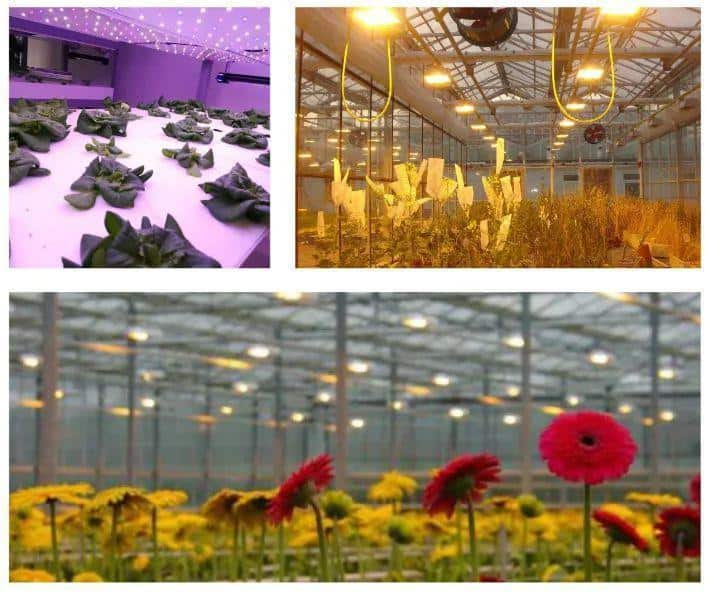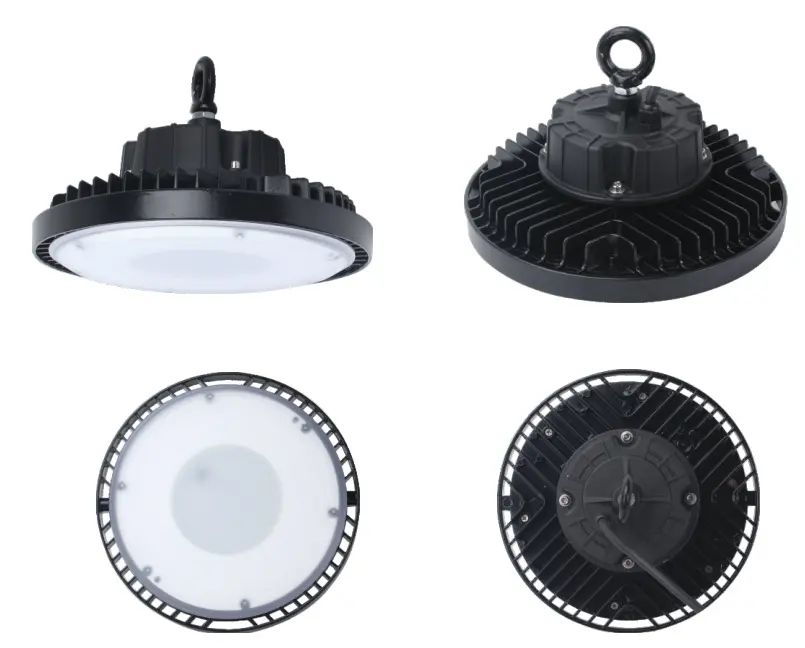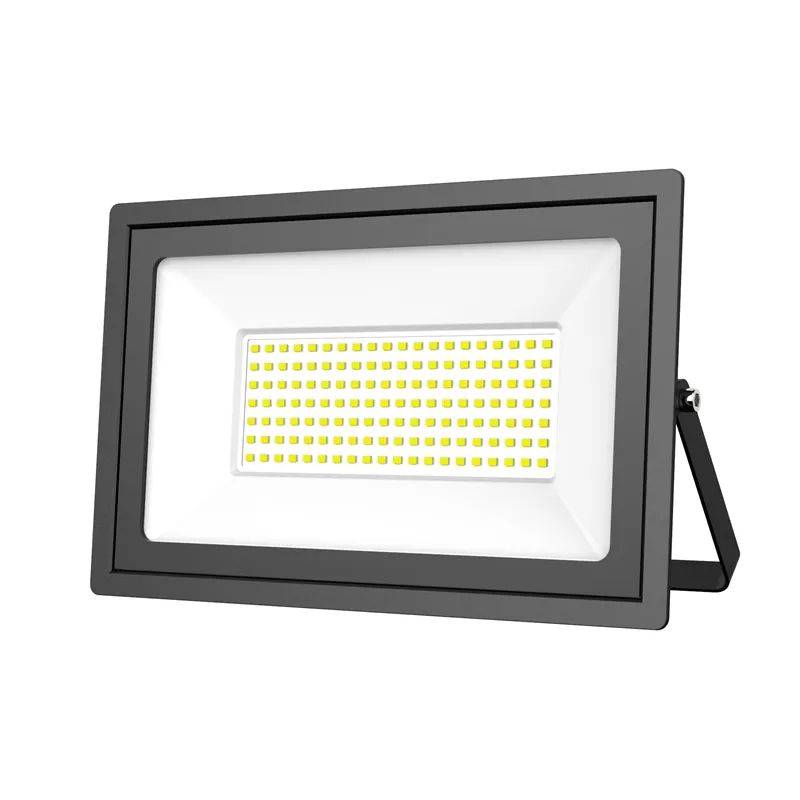Growing weed indoors requires the right kind of light to make sure your plants grow well and you get the most weed you can. You want to pick the right lights because they all do different things and work better for different parts of the growing process and based on your situation.
The best lights for growing weed indoors are LED grow lights, HID (High-Intensity Discharge) lights, and fluorescent lights. Each type of light does different things better depending on what phase of growth your marijuana is in and what you need for your situation.
Let’s talk about the different types of lights and what they do to help your weed plants grow the best.
LED Grow Lights (Best Overall Option)
LED grow lights have become the most popular choice for indoor weed growers due to their energy efficiency, full-spectrum capabilities, and long lifespan. LED lights use diodes to emit light and can be designed to produce a wide range of colors, including those most beneficial for plant growth.
One of the major benefits of LED grow lights is their energy efficiency. They consume far less electricity than traditional lighting options like HID or fluorescent lights, which means lower operational costs, making them a cost-effective choice for both small-scale and large-scale growers.
Another key advantage of LED grow lights is their full-spectrum lighting capabilities. Modern LED lights can mimic natural sunlight by providing a balanced range of wavelengths, from blue light for the vegetative phase to red light for the flowering phase.
Some LED grow lights also offer adjustable spectrum controls, allowing growers to tailor the light intensity and color spectrum based on the plant’s stage of growth. This adjustability helps to optimize plant health and maximize yield, providing the best environment for cannabis to thrive.
HID Lights (Best for Yield)
HID lamp lights, including Metal Halide (MH) and High-Pressure Sodium (HPS) lights, are known for their intense light output, making them ideal for maximizing yields. While HID lights are not as energy-efficient as LEDs, their ability to produce strong, concentrated light makes them highly effective, particularly for experienced growers seeking large harvests.
Metal Halide (MH) lights are typically used during the vegetative stage of cannabis growth. These lights emit a blue-white spectrum of light that encourages healthy leaf and root development, which is crucial for building strong plants before they transition to the flowering stage.
High-Pressure Sodium (HPS) lights, on the other hand, are used during the flowering stage. They produce a red-orange spectrum of light, which is essential for promoting bud formation and enhancing flower density. HPS lights are particularly effective at boosting yield, making them a favorite among growers aiming to maximize production during the flowering phase.
Fluorescent Lights (Best for Small Growers or Beginners)
Fluorescent lights, particularly T5 bulbs, are a popular choice for beginners or those growing a small number of plants indoors. They are less intense than HID or LED lights, making them suitable for delicate stages of plant growth, such as germination, seedlings, and clones. The lower light intensity ensures that young plants are not stressed or burned, which is a common issue with more powerful light sources.
T5 fluorescent lights are particularly effective for seedlings and clones, as they provide a gentler light that is sufficient for early growth without the risk of damaging tender leaves. Additionally, fluorescent lights are generally more affordable and easier to set up, making them ideal for small-scale growers or hobbyists who are just starting out. While they may not be as powerful as LED or HID lights, they are sufficient for smaller operations and early growth stages.
Choosing the Right Light Spectrum for Each Growth Stage
Different stages of cannabis growth require specific light spectrums to optimize plant health and maximize yields. The vegetative stage benefits from blue light, which stimulates strong foliage growth and root development.
This is where LEDs with adjustable spectrums or Metal Halide (MH) lights excel, as they provide the right wavelengths to support robust growth during this phase. When plants are in the flowering stage, they need more red light to stimulate bud production. HPS lights and full-spectrum LED grow lights with a red-dominant spectrum are ideal during this phase, helping plants to develop large, resinous buds and boosting overall yield.
Considerations for Heat Management and Ventilation
Managing heat output is an essential part of indoor cannabis cultivation. HID lights, particularly HPS, generate a significant amount of heat, which can raise the temperature in the grow space and potentially stress the plants. Without proper ventilation and cooling, excessive heat can negatively affect plant health and reduce yields. Therefore, growers using HID lights must invest in an efficient ventilation system to maintain optimal growing conditions.
In contrast, LED grow lights produce far less heat, making them easier to manage in small or enclosed grow rooms. However, even with LED lights, it’s important to ensure proper ventilation to prevent heat buildup and ensure that plants receive the fresh air they need. Keeping the temperature and airflow within the ideal range helps plants thrive and prevents issues like heat stress or mold.
Light Placement and Coverage
Proper light placement and coverage are key to ensuring that your plants receive even light distribution for consistent growth. The distance between the light source and the plants should be carefully monitored. LED grow lights can typically be placed closer to the plants because they emit less heat and are less likely to cause light burn. In contrast, HID lights need to be positioned further away from the canopy due to their intense heat output.
In addition to placement, growers need to consider the coverage area of their lights. LED lights with high PPFD (Photosynthetic Photon Flux Density) are ideal for larger grow rooms, providing a higher concentration of usable light for the plants. For smaller setups, more focused light sources like T5 fluorescents can be sufficient. The key is to ensure that every plant in the grow space receives adequate light for healthy, even growth.
Final Words:
The best lights for growing weed inside depend on your situation and what you want to do. LED grow lights are the most versatile and energy-efficient. HID lights are good for growing the most weed. Fluorescent lights work well for small-time growers or people who are just starting. Understand what each type of light does best for your plants and what you need to do for your situation to make your inside weed growing work the best it can.





